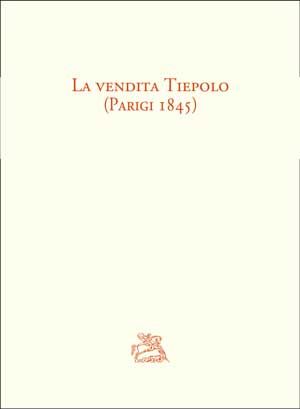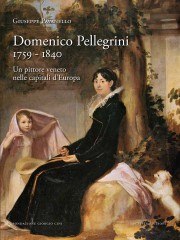Fonti e Documenti per la Storia dell’Arte Veneta
Cierre Edizioni, Sommacampagna, 2013
Artists’ private art collections, like their libraries, are now a favourite subject of study in art the engravings of Dürer, Jacques Callot, Stefano della Bella, Pietro Testa and Giulio Carpioni. He also looked very carefully at Rembrandt’s history research. They may shed light on individual culture and learning as well as possible visual sources that may be a key to the secret workshop behind artistic creation. In the case of Giambattista Tiepolo, great progress has been made on investigating what he actually kept in his house and studio, such as his works – paintings, drawings and engravings – which even Antonio Canova had his eye on. The dis-
covery of unexpected visual sources have revealed some fascinating interests. Tiepolo thus appears to have made use of or borrowed from prints and those made after Rubens, and so on. One important document providing information about items owned by Giambattista and his son Giandomenico is this catalogue for an auction held at the Hotel des Ventes, Paris – with M. Bonnefons de la Vialle as commissaire-
priseur – on 10-12 November 1845. The title alone is eloquent evidence of the variety of the items: “Collection d’estampes anciennes d’après et par des peintres et graveurs des écoles d’Italie, d’Allemagne, de Flandre, de Hollande, de France et d’Espagne. De dessins, d’anciens livres curieux sur les sciences et les arts, de nielles florentins, d’ornements pour l’orfévrerie par des artistes du XVe au XVIIe siècle”.

